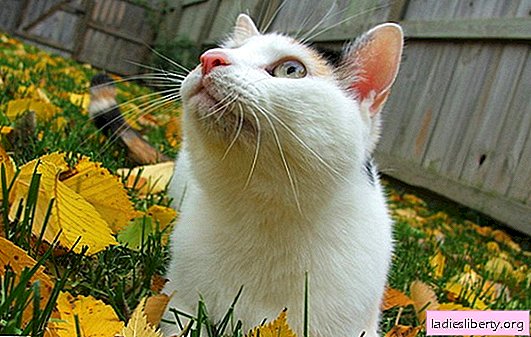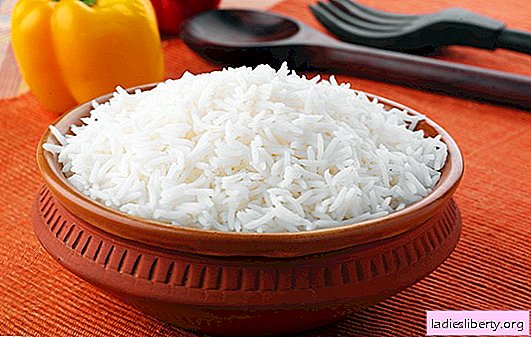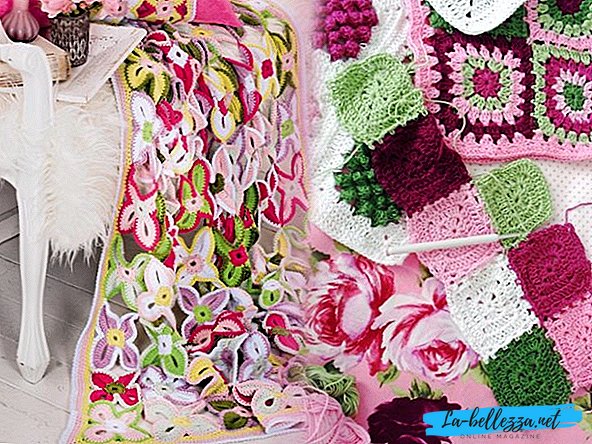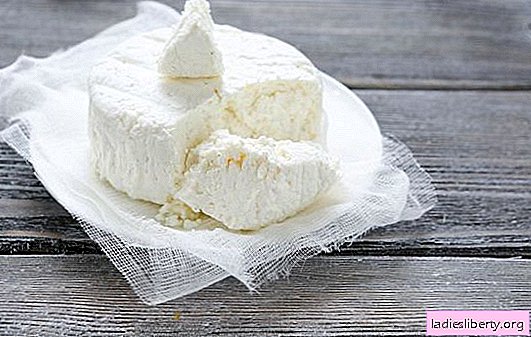
Acne in cats on the chin is a fairly common disease. Cat owners make a big mistake ignoring this problem. What are the causes of black dots and how dangerous they are, every owner of the animal should know.
Why do black dots appear
Blackheads are often called comedones in veterinary medicine, which often appear on the lower lip and chin of a cat. Why does an animal inflame sebaceous glands on the skin? Definitely no veterinarian will answer this question.
It is worth noting several factors that accompany this disease:
· Dishes for water and food of poor quality, this applies to plastic plates. The structure of plastic is such that its pores, like a sponge, collect all the dirt and bacteria. Therefore, the bowl should be washed regularly, not only from under the food, but also water;
· Poor hygiene, not all cats can wash themselves well during self-licking;
· Weakening of the immune system due to stress and malnutrition;
· Skin diseases that lead to abnormal development of the sebaceous glands;
· Improper (abnormal) development of the hair follicle;
Almost every purring pet has black dots on its chin. Their appearance does not depend on the breed of the cat, what gender or age it is.
Comedones inflame in different ways, they can appear and immediately disappear forever. In some animals, acne occurs in a chronic form when metabolic processes in the skin are impaired. And if you do not treat the cat, there is a high probability of joining a secondary infection.
What are the symptoms of acne?
The first and most important symptom is that the skin on the beard begins to redden. Then small acne appears. Pimples with white or black tips of a conical shape. They will become more and more, in the process of inflammation, acne will increase in size. Very often, owners of cats think that this is ordinary dirt accumulated on the wool.
Then the lower lip becomes edematous. Due to inflammation and constant itching, the animal will comb acne. At this place, wounds and purulent inflammation will form. Damaged hair follicles can no longer recover, so the place on the chin bald.
How to diagnose a disease
It is almost impossible to make a correct diagnosis by external signs. Acne can be confused with other dermatological diseases.
During the examination in a veterinary clinic, the doctor will definitely take a scraping to exclude parasitic and fungal lesions. Individually, you may need a skin biopsy.
Skin diseases, the symptoms of which are similar to acne - an allergic reaction and demodicosis, scabies and dermatophytosis, eosinophilic granuloma.
Treatment methods
After examination by a veterinarian, treatment is prescribed. It can be complex or local. It all depends on how much the disease has been started. The most important thing that every cat owner needs to remember is that you cannot squeeze or peel acne.
Therapy lasts no more than three weeks and almost always goes as follows. It is necessary to regularly wash the affected areas with a special shampoo with antiseborrheic action or tar soap.
Before treating acne on the chin, they are disinfected with miramistin, chlorhexidine, 3% hydrogen peroxide, iodine, or salicylic alcohol. These drugs should be used with great care so as not to cause burns.
If the cat is a long-haired breed, it is better to cut the coat very shortly at the places where black dots appear during the treatment.
Before applying the drug, it is worth cleaning the affected area and using the antiseptics to remove the stratum corneum of the skin. You can brew a tincture of chamomile or calendula and apply cotton pads moistened in a decoction for several minutes to cleanse your pet’s skin painlessly.
Until the rash completely disappears, use a drug based on furatsilin - Perkutan twice a day.
If the disease is too neglected and there are obvious signs of folliculitis on the face, a course of antibiotics is attributed to the cat.
During treatment, the animal should be fed only diet food. It is unacceptable to give a cat anything fatty, fried and smoked. Additional vitamin supplements are needed in the form of omega-3 unsaturated fatty acids.
Preventative measures
Dishes for food should always be clean. It must be washed after each meal. Plastic bowls should be replaced with ceramic or glass. Drinking water needs clean and fresh.
For animals predisposed to acne, each time after eating, wipe the chin and treat with an antiseptic.
In order not to disturb the work of the sebaceous glands, it is necessary to exclude everything fat from the cat's diet.
Maintain normal pet immune system. Balance nutrition, prevent those situations that can bring the cat to a stressful state.
Alternative Acne Treatments
Fresh or dried yarrow flowers (1 teaspoon), pour boiling water and insist 15-20 minutes. With this broth, wipe already affected areas or for prevention every time after eating.
Lotions from a decoction of celandine will burn well and dry the inflamed acne. It should be carefully brewed, strictly according to the instructions, otherwise you can cause burns on inflamed skin. It takes 2 tsp. pour water, boil and simmer over low heat for no more than 5 minutes. Strained broth is ready for use. They treat his chin three times a day.
A very effective remedy is ordinary raw pumpkin. Just before use, cut off a thin piece of pumpkin pulp. It will immediately become apparent how droplets of juice begin to stand out on it. Wipe the affected areas of the skin with them. Before each treatment, cut off only a fresh piece of vegetable.
Crush two tablets of furatsilin in a mortar and mix with 25 grams of decoction of calendula and chamomile. For the drug to dissolve well, the liquid must be taken too hot. With this tincture, every time after eating, treat affected skin.











